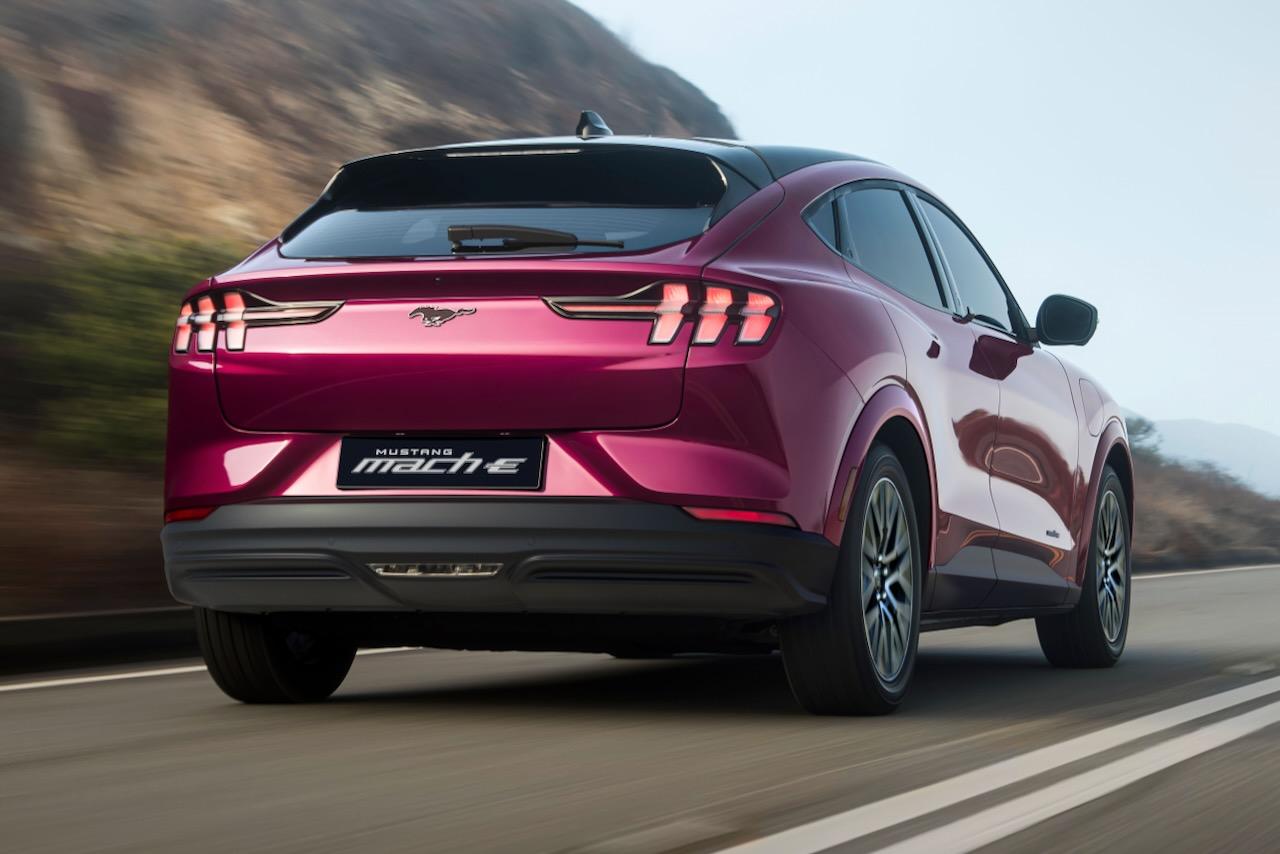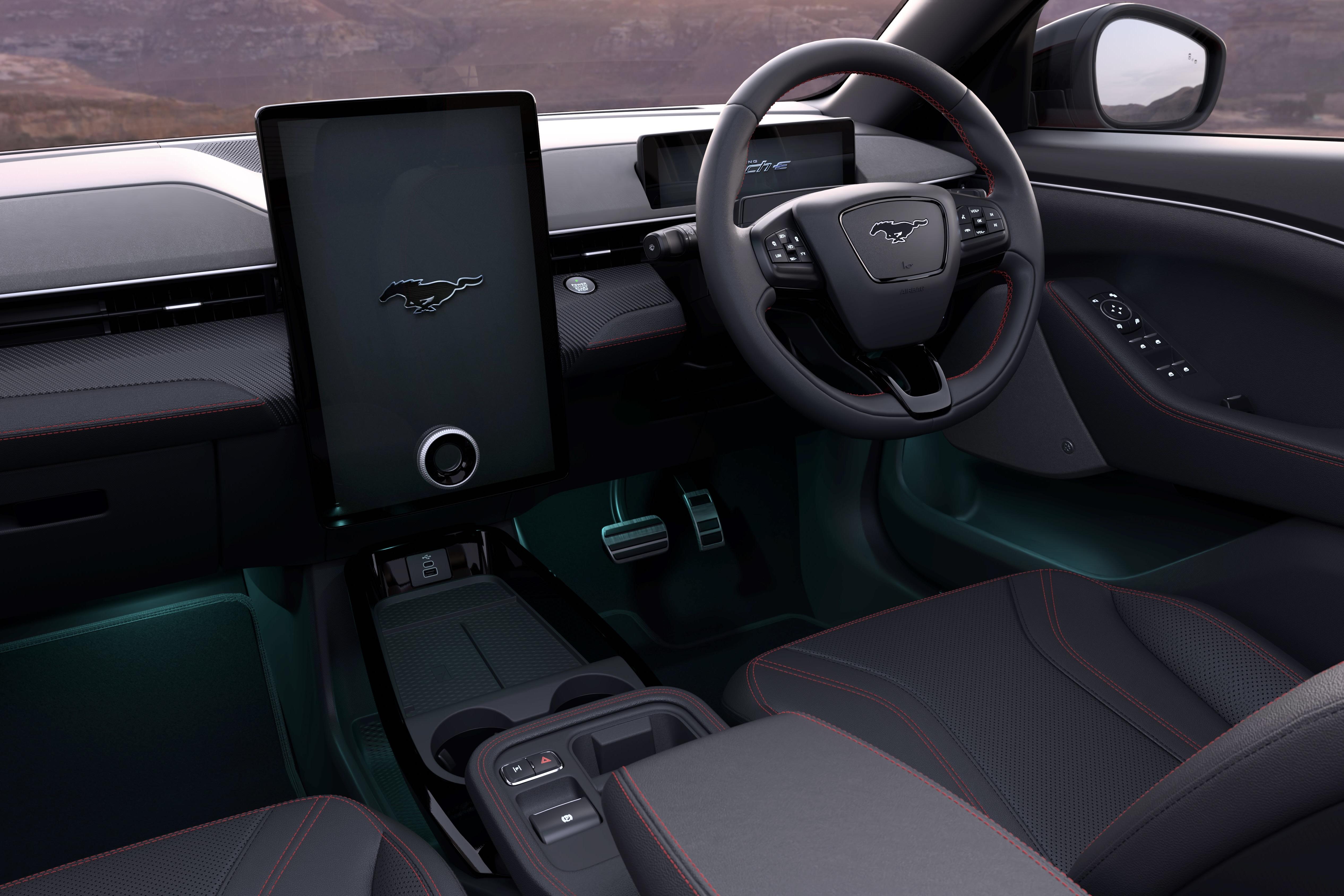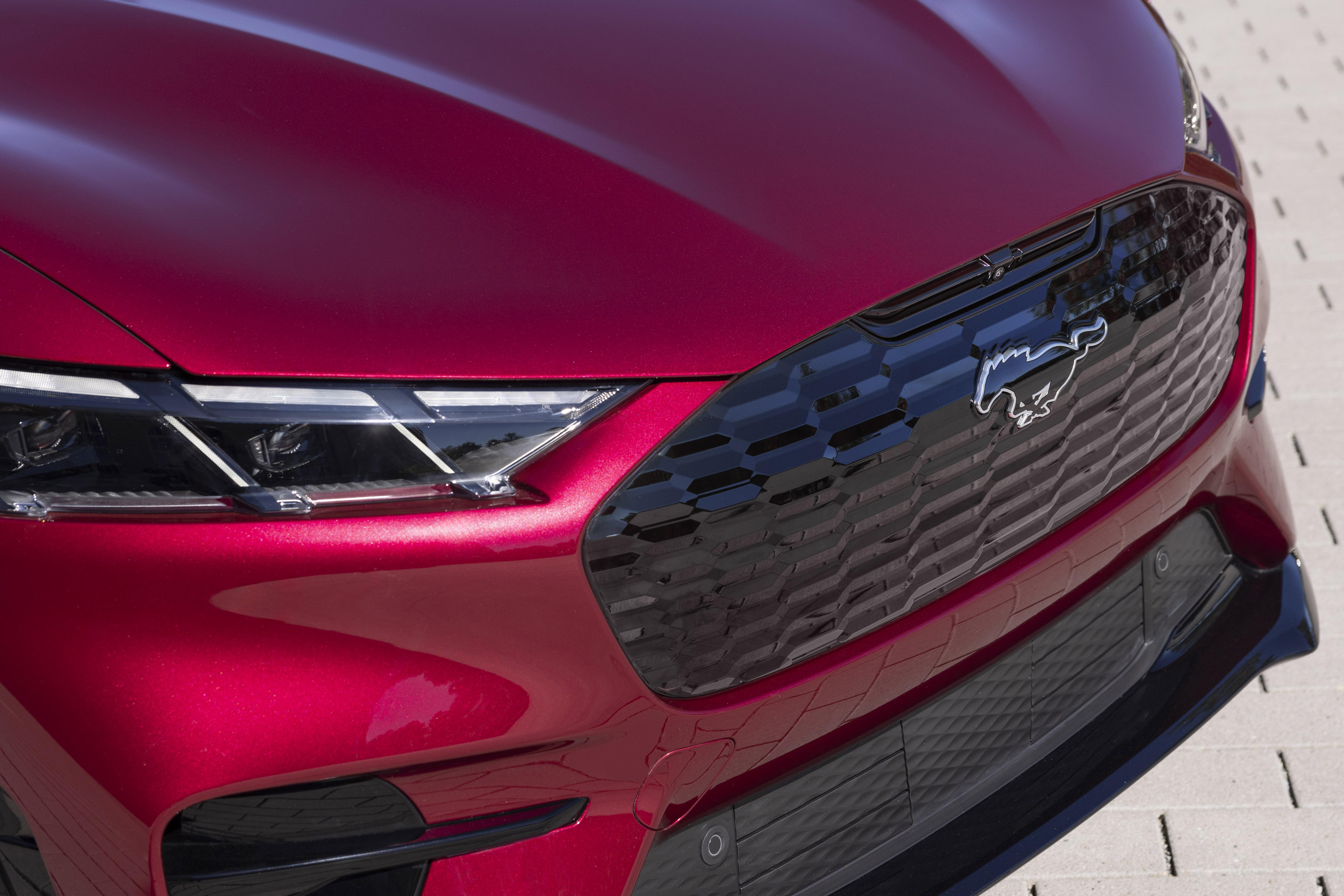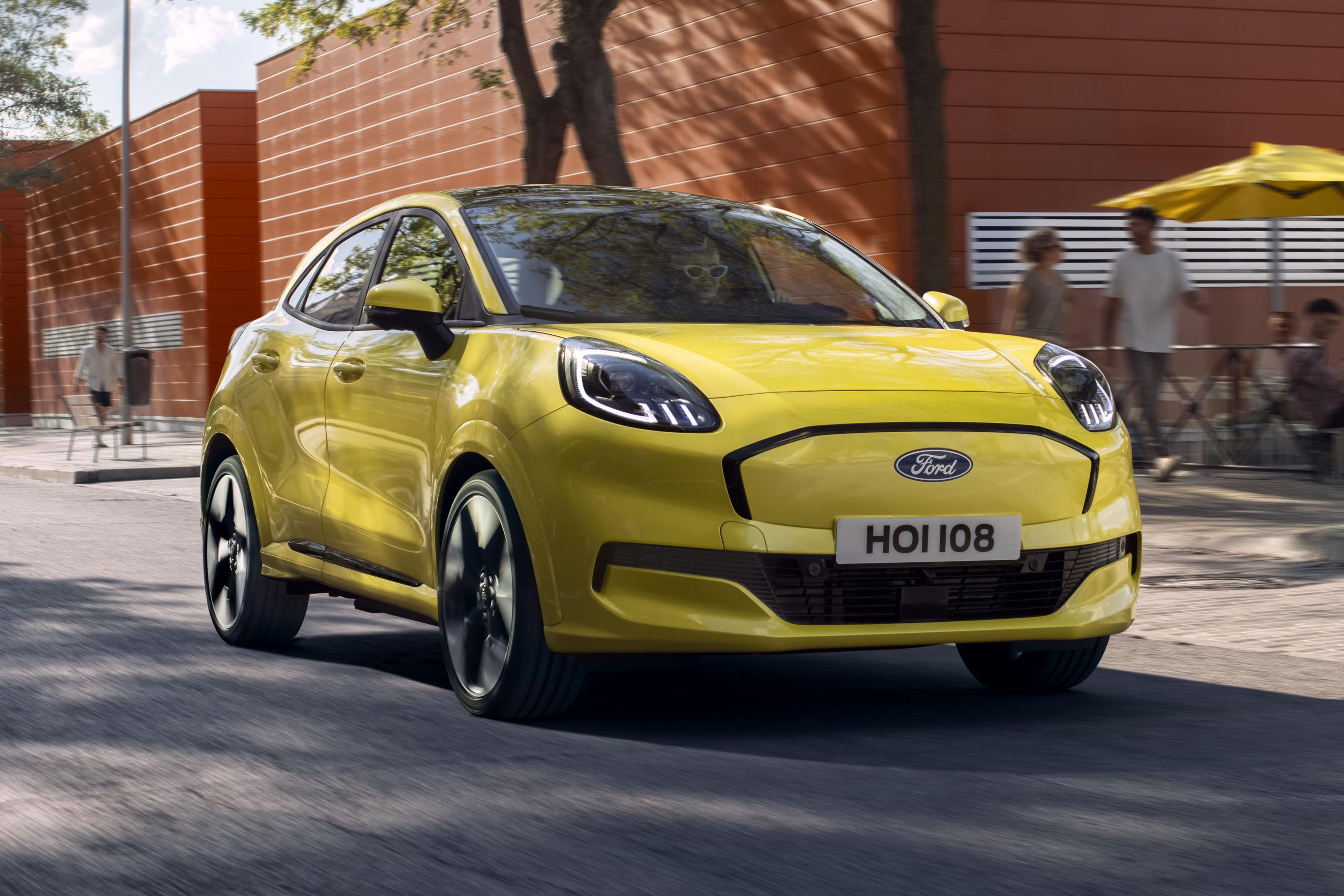As 2026 draws near, Ford Australia has rolled out its updated MY2025 Mustang Mach-E SUV with styling and drivetrain tweaks at slightly higher prices, but despite being the brand’s slowest-selling car, the Blue Oval maintains it’s right where it should be.
With 389 sales this year, the electric Mustang Mach-E is down from the 612 it recorded at this time last year. New electric vehicles (EVs) have continued to arrive here in droves, saturating the Australian market, while rivals like the Tesla Model Y are still steaming ahead sales-wise.
When CarExpert asked whether Mustang Mach-E uptake has met the brand’s expectations, Ford Australia marketing director Ambrose Henderson said there were “a couple things to note”.
“The first one is the market’s immensely competitive. Arguably, the Australian automotive market is the most competitive in the world in terms of the number of entries and the fierceness of the competition here,” he said at the updated model’s launch.
“For us, we think with the updates that we’ve made in terms of design, the technology, the drive feel, and dynamics will resonate with customers. We’re really excited about what that will do going forward.”
CarExpert can save you thousands on a new car. Click here to get a great deal.

Mr Henderson wouldn’t disclose Ford’s sales targets for the Mach-E, but reiterated that the brand believes it’s “positioned correctly from a price perspective to match … sales expectations”.
The updated three-member Mach-E range is up to $1000 more expensive than before. The base Mach-E Select now starts at $65,990 before on-roads (up from $64,990 before on-roads), while the Premium and GT are both up by $500 at $80,490 and $98,490 before on-roads respectively.
That’s despite several rivals remaining comfortably below $60,000 before on-roads. This includes the segment-dominating Model Y, which starts at $58,900 before on-roads, while several Chinese options are cheaper still.
Further, previously dismissed contenders like the Toyota bZ4X and Subaru Solterra are due for substantial updates (the latter dropping prices by up to $7000 in the process). At the same time, recent updates to the Skoda Enyaq have brought significant all-around improvements.
This could all be bad news for Ford, because while the Mach-E has outsold all of those bar the bZ4X so far this year, its value proposition is becoming less enticing as previously EV-averse brands step up their game.

Despite that, Mr Henderson outlined that the Mach-E wasn’t built to compete with otherwise bland, mainstream EVs; instead, Ford believes it forged its own stylistic identity while remaining “authentic” to the brand and the rest of its portfolio – past and present.
“The last thing I’d say is … it’s really about us being authentic to what we’re strong in and what we represent,” he told CarExpert.
“There are a lot of aerodynamically designed white boxes on the road that are EVs, and that’s not us. That is not what we wanted to deliver.
“We wanted to deliver something that was authentically Ford, and really leverage off what is a global icon with the Mustang.”
Of course, the Mustang Mach-E appears to contradict Ford CEO Jim Farley’s declaration that his brand would “never make an all-electric Mustang“. Granted, he made that comment long after the Mustang Mach-E entered production, but there’s no doubt the ‘Mustang’ branding has helped boost model awareness of this mid-size electric SUV.

“[Mustang] celebrated its 60th year this year, and we wanted to provide customers with an alternative to that ‘traditional’ Mustang, which will always have a place, and give them an electric version that delivers the same excitement, the same emotion, the same thrill of the drive, and the same sort of design, which you can’t get on pretty much any other mainstream EV on the market,” Mr Henderson said.
“We’re excited about what that represents and how it links with our brand, and we’ll see what customers say as these go on sale.”
Models like the Mustang Mach-E will be critical for Ford as global emissions regulations tighten, particularly in Australia, where brands will be penalised for exceeding carbon dioxide targets under the government’s New Vehicle Efficiency Standard (NVES).
The Mach-E has long been Ford’s only fully electric model in Australia aimed at private buyers, with the E-Transit and recently launched E-Transit Custom vans naturally being targeted at fleets.
The Blue Oval also offers a pair of plug-in hybrids (PHEVs) with its Ranger ute and Transit Custom van, though its sales are still dominated by diesel and petrol models.
Ford Australia scuttled plans to launch the Puma Gen-E electric SUV back in 2024 as the brand shifted focus to electrified utes and vans.


MORE: 2026 Ford Mustang Mach-E: Minor refresh for mid-size electric SUV
MORE: Ford “will never make an all-electric Mustang”, except for the one it already does

